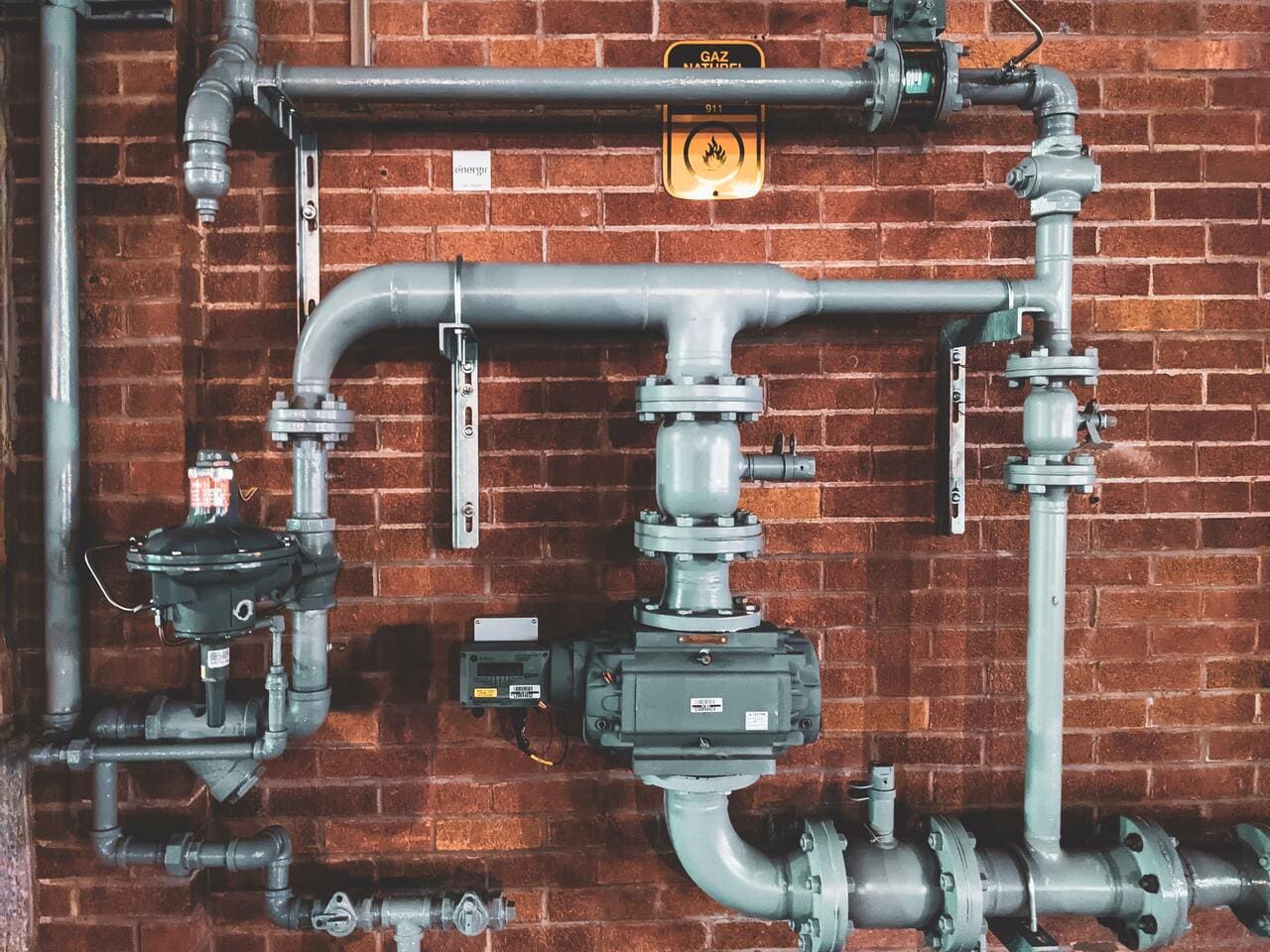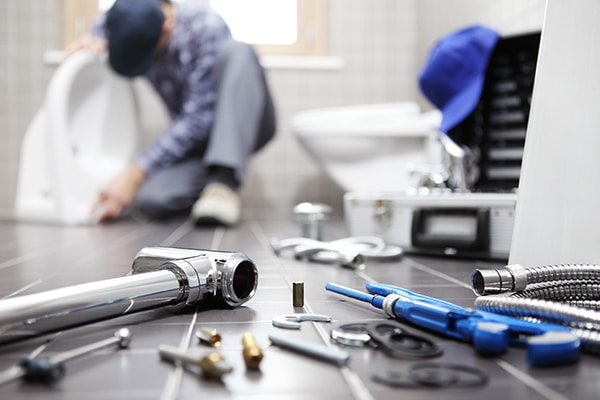The Future Awaits in Plumbing: Developments and Breakthroughs
The Future Awaits in Plumbing: Developments and Breakthroughs
Blog Article
How do you really feel with regards to The Future of Plumbing: Trends and Innovations to Watch?

Intro
The pipes sector is going through a transformative stage driven by technical innovations and growing issues for sustainability and performance. This short article discovers arising trends and innovations shaping the future of pipes.
Governing Landscape
Regulatory structures play a vital role in shaping the fostering of pipes innovations, with requirements and codes regulating every little thing from water efficiency to product security. As innovations continue to progress, regulative bodies must adjust to make certain customer security and ecological stewardship.
Future Expectation
The future of plumbing is characterized by continued advancement and integration with other industries such as IoT, renewable resource, and structure automation. By embracing sustainable methods, leveraging arising technologies, and focusing on user-centric layout, the plumbing market is positioned to resolve the developing demands of culture while reducing its ecological footprint.
Augmented Reality in Plumbing
Enhanced Fact (AR) technology is changing plumbing by supplying technicians with real-time aesthetic advice for repairing and fixing tasks. AR-enabled clever glasses or mobile applications overlay digital info onto the physical atmosphere, aiding plumbing technicians picture pipeline formats, recognize covert leakages, and carry out repair work with precision.
Influence of 3D Printing
The development of 3D printing has presented brand-new opportunities in making pipes components. From custom-designed fixtures to intricate pipe installations, 3D printing permits fast prototyping and on-demand manufacturing, lowering lead times and enabling greater customization in pipes style.
Health and Safety Qualities
In response to heightened issues for health and safety, pipes fixtures are incorporating attributes such as antimicrobial surface areas, touchless procedure, and self-cleaning devices. These technologies not only enhance hygiene however likewise advertise individual comfort and convenience.
Hygiene-focused Components
Touchless faucets, self-sanitizing bathrooms, and antimicrobial surface areas are ending up being significantly common in residential and industrial setups, reducing the threat of bacterium transmission and advertising a cleaner, healthier environment.
Water High Quality Surveillance
Developments in water high quality tracking modern technologies enable homeowners to check the pureness and security of their water in real-time. Smart water top quality sensors can identify pollutants, pH degrees, and temperature variants, encouraging individuals to take aggressive measures to ensure water safety and security.
Remote Pipes Solutions
Remote diagnostics and virtual help are transforming the means pipes services are provided. With video clip conferencing and remote accessibility technologies, plumbing technicians can fix problems, give support for DIY fixings, and also execute remote examinations, offering greater availability and comfort to homeowners.
Obstacles and Opportunities
While pipes advancements hold immense assurance, they additionally present difficulties such as data privacy problems, regulative conformity, and the need for labor force training. Dealing with these difficulties requires cooperation in between industry stakeholders and governing bodies to ensure risk-free and responsible application of new technologies.
Smart Pipes Equipments
Including clever innovation right into plumbing systems makes it possible for remote tracking, leakage detection, and automated upkeep. Smart sensors and IoT (Internet of Points) devices permit home owners and plumbings to keep track of water usage and identify problems in real-time, leading to more reliable source monitoring and positive maintenance.
Water Efficiency Solutions
With raising focus on water preservation, cutting-edge services are being developed to decrease water wastefulness in pipes systems. High-efficiency components, greywater recycling systems, and wise watering controllers are among the innovations assisting customers minimize their water impact while maintaining convenience and benefit.
Sustainable Products
The change in the direction of sustainability encompasses plumbing materials, with a growing preference for environment-friendly options. Eco-friendly piping products, such as PEX (cross-linked polyethylene) and HDPE (high-density polyethylene), deal resilience and resistance to rust without endangering ecological honesty.
Anticipating Upkeep
Anticipating maintenance techniques utilize data analytics and artificial intelligence algorithms to prepare for and avoid pipes concerns before they occur. By assessing historical data and performance metrics, anticipating upkeep algorithms can recognize patterns and anomalies, enabling aggressive treatments to stay clear of expensive repairs and interruptions.
Final thought
To conclude, the future of plumbing is specified by a convergence of technology, sustainability, and user-centric layout. By accepting wise solutions, lasting materials, and aggressive upkeep practices, the pipes sector can improve effectiveness, advertise security, and add to a more sustainable future.
Plumbing Industry Trends You Need To Know
Smart technology in plumbing
Homeowners want to be able to manage their homes from their phones. The technology exists to make that happen. From smart toilets to leak detector devices, the whole plumbing system can be managed on an interconnected network made up of sensors, IoT devices, and machine learning algorithms.
This allows for wireless control to turn appliances on and off, automate routines, and access advanced monitoring to track water usage and flag potential issues. Smart technology streamlines water consumption, maintenance and energy usage, creating a more efficient system.
Green plumbing
The data analysis possible with smart technology not only improves convenience and cost-effectiveness but also fulfills a high-priority customer desire – sustainability. Consumers are very aware of their impact on the planet and want plumbing solutions to reduce damage and support sustainability. Eco-friendly plumbing solutions are already starting to emerge.
Customers can opt for low-flow toilets, water-saving faucets, and connections to sustainable energy sources. Beyond monitoring water consumption, customers can conserve water through the installation of greywater systems. This is a system that collects water that has been used but is still clean enough for some household uses such as toilet flushing.
Shorter product pipeline
To keep up with modern plumbing, plumbers need modern tools that enable them to complete jobs more efficiently. One technology making strides in this area is 3D printing. By 3D printing key plumbing fixtures, plumbers can reduce wait times even for specialized fixtures. It minimizes delays often seen in traditional manufacturing that frustrate customers and prevent plumbers from taking on more work.
Off-site repairs
Augmented reality is making a splash in many industries including plumbing. Plumbers can map a building online so they can explore the plumbing system through augmented reality, identifying areas of maintenance and repair completely digitally. This technology can be applied quite widely in plumbers’ work including planning installations and training new recruits. It’s safer, smarter and more efficient.
Low-footprint materials
Another way for plumbing companies to reduce their environmental footprint and meet the customer demand for sustainability is by using recycled materials in their work. The products they source and manufacture such as pipes, fixtures and faucets can be made from recycled materials. This saves the planet while being just as effective.
Onsite water purification
Additionally, plumbing companies can be advocates of water conservation and ease the financial and environmental concerns of customers by offering water purification systems. New water purification technology such as reverse osmosis systems and UV systems make it possible for homeowners and business owners to thoroughly cleanse water, removing contaminants onsite. This means the water can be safely reused in more ways than greywater can be, establishing a water recycling loop.
Tankless water heaters
Another innovation of modern plumbing is tankless water heaters. The idea is that the water is heated on demand as it runs through the system instead of being heated in a water tank. This is more energy efficient and therefore cost-effective and eco-friendly because water isn’t heated needlessly.

Hopefully you enjoyed reading our post on 7 Plumbing Industry Trends You Need To Know. Many thanks for taking a few minutes to read our content. Enjoyed our blog entry? Please share it. Help others locate it. Thanks for going through it.
Call Report this page